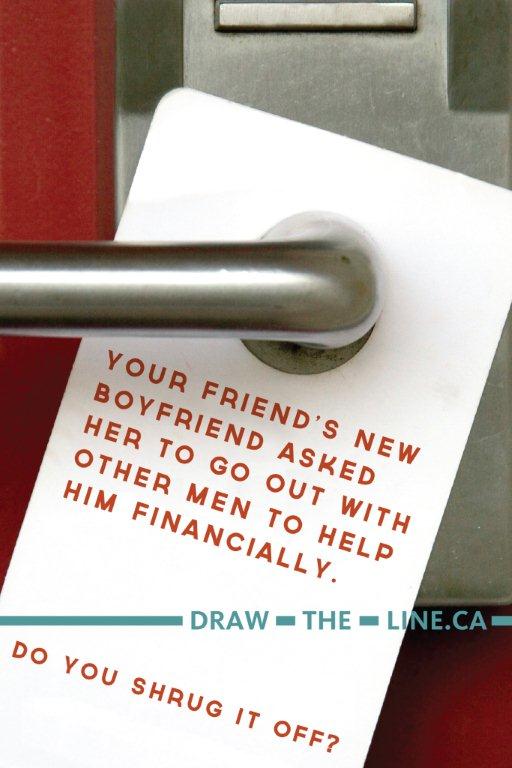Your friend tells you an adult at the school is always touching them and it feels weird.
Do you tell them they're worrying about nothing?

WHY DRAW THE LINE
WHEN TO DRAW THE LINE
HOW TO DRAW THE LINE
When we ignore signs of sexual violence, we contribute to its silencing. Any sexual contact between a person younger than 18 years of age and a person of authority is legally considered sexual assault.
Sexual assault is sexual contact with another person without their consent. This may occur by isolating a student from the rest of their classmates and by using authority in an intimidating and threatening manner – these can all be signs of sexual assault.
There is always more than one option for a bystander. You can:
- Support and believe: Listen to them, ask them if they are okay and encourage them to speak with someone.
- Report it: Tell someone you trust - a teacher, a principal, a parent/caregiver or elder.
When we ignore signs of sexual violence, we contribute to its silencing. Any sexual contact between a person younger than 18 years of age and a person of authority is legally considered sexual assault.
WHEN TO DRAW THE LINE
Sexual assault is sexual contact with another person without their consent. This may occur by isolating a student from the rest of their classmates and by using authority in an intimidating and threatening manner – these can all be signs of sexual assault.
HOW TO DRAW THE LINE
There is always more than one option for a bystander. You can:
- Support and believe: Listen to them, ask them if they are okay and encourage them to speak with someone.
- Report it: Tell someone you trust - a teacher, a principal, a parent/caregiver or elder.



